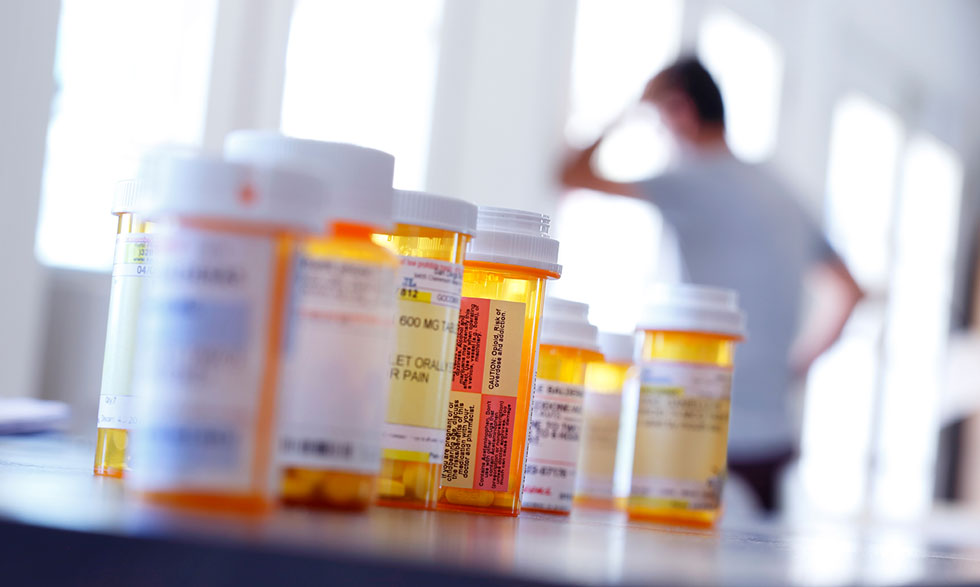
Who is affected?
Roughly 2 million people live with an opioid addiction in the U.S.
“It’s important to note that people typically think about individuals who are addicted to opioids as stereotypes,” says NIH Director Francis Collins, M.D., Ph.D. “In reality, the type of affected individuals is very broad; there are people in rural and urban communities and all socio-economic classes, and sometimes even multiple generations of families.”
That includes babies, teenagers, parents, and grandparents, all genders, and all ages.
The next generation of newborn babies is a serious concern, as women who are addicted to opioids while pregnant may not share this information, for fear that their newborn babies could be taken away.
What is opioid addiction or misuse?
Opioids are a class of drugs that include illegal drugs like heroin, synthetic opioids like fentanyl (which can be obtained legally and illegally), and pain relievers available legally by prescription like oxycodone, codeine, and morphine.
An opioid addiction is a chronic brain disease. It causes a person to compulsively seek out drugs, despite the negative consequences.
Opioid misuse means that you aren’t using a drug as medically intended, such as when a person does not take medicine according to the prescription instructions or a person takes an illegal opioid.
If you or a loved one needs help with opioid misuse or other types of addiction, call the Substance Abuse and Mental Health Service Administration’s National Helpline at 1-800-662-HELP (4357). It is free, confidential, and available 24/7, 365 days a year.
